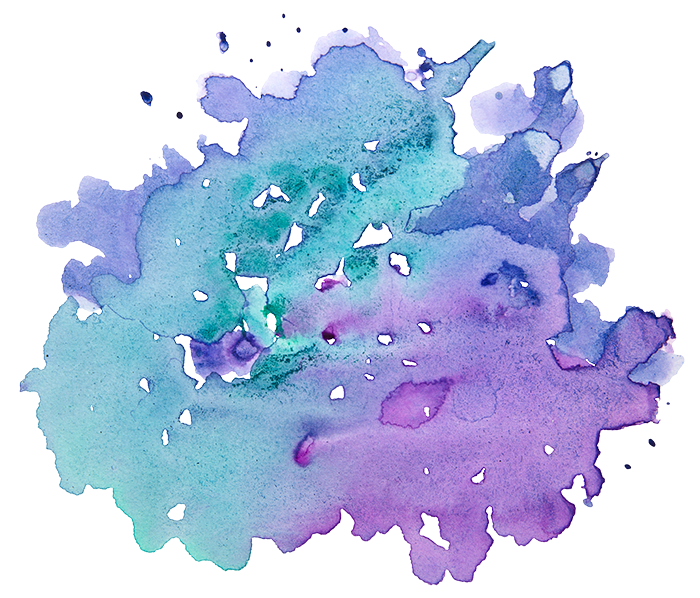by Rachel Eisen, Mayyim Hayyim Intern
 Lately, I’ve been thinking a lot about ritual. And by “a lot,” I mean even more than usual for someone who is interning at an organization specifically devoted to ritual.
Lately, I’ve been thinking a lot about ritual. And by “a lot,” I mean even more than usual for someone who is interning at an organization specifically devoted to ritual.
There’s no mystery as to why—three things happened recently to cause this. First, I met with one of my advisors about initial research for my master’s thesis that will explore Jewish ritual practice. Second, Mayyim Hayyim hosted a program about “Women and New Jewish Rituals.” Third, I finally finished reading Haviva Ner-David’s book, Chanah’s Voice: A Rabbi Wrestles with Gender, Commandment, and the Women’s Rituals of Baking, Bathing, and Brightening.
My thesis advisor asked me to think about what differentiates ritual from behavior. Someone at the Mayyim Hayyim program asked the same question. Haviva Ner-David’s book explores what it means to intentionally and wholly engage with ritual practice.
How could I not be thinking about ritual?
In a new book on the topic, “Very Short Introductions: Ritual,” Professor of Religion, Barry Stephenson writes, “Ritual is first and foremost a doing…but alongside ritual enactment, people also step back to think, write, and read about ritual.” More than just an action, he says, “ritual is a way of thinking and knowing.”
At Mayyim Hayyim, that rings true. One of Mayyim Hayyim’s core values is hiddur mitzvah, beautifying a mitzvah. Hiddur mitzvah, along with all of Mayyim Hayyim’s Seven Principles, elevate mikveh from a behavior to a ritual. Why would you make a mitzvah—any mitzvah—beautiful if you weren’t engaged in thought about the action? Why would there be seven kavanot, intentions, to help you prepare to immerse, or a whole set of ceremonies, created to help you sanctify your immersion, if Mayyim Hayyim did not view immersion as “a way of thinking and knowing?”
When people practice this ritual, for whatever reason, in order to spiritually connect to Jewish life, mikveh becomes a way of thinking and knowing. When we make this ritual open and accessible to everyone, mikveh becomes a way of thinking and knowing. When people can learn about and explore this ritual as well as practice it, mikveh becomes a way of thinking and knowing. When there are people who spend their days thinking about how to make this ritual mean something to Jews of all backgrounds, and then spend more time turning those ideas into action, mikveh becomes a way of thinking and knowing.
At Mayyim Hayyim’s recent event, “Women and New Jewish Rituals,” Shulamit Reinharz, director of the Hadassah-Brandeis Institute, said that a ritual is something that “sticks;” something sticks because other people need it. That’s clearly happened here at Mayyim Hayyim. And from my short time here, I already know that Mayyim Hayyim’s way of approaching mikveh is going to stick with me. I’m a long way off from actually beginning to write that master’s thesis that started me down this path of thinking so much about ritual. But I know that when I do, I’ll be keeping Mayyim Hayyim in mind when I set out to define just what it is that makes a ritual a ritual.
Rachel Eisen is an intern at Mayyim Hayyim and a graduate student in the Hornstein Program at Brandeis University. She is studying for a Master’s degree in Jewish Professional Leadership as well as a Master’s degree in Near Eastern and Judaic Studies.

